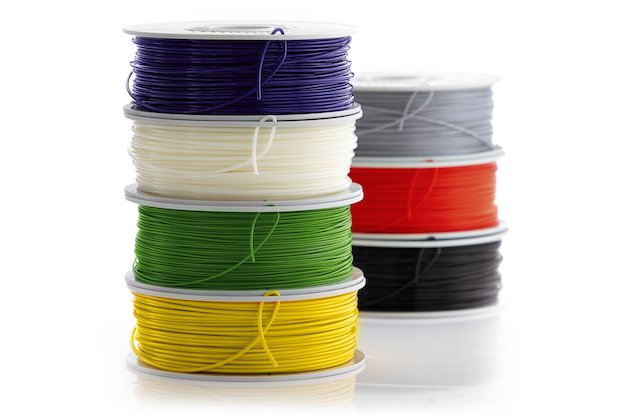Scientific Uses Of 3D Printing Materials In The Field Of Nanotechnology

Science is the subject that has given birth to all the modern technologies and comforts that we cannot live without in our daily life. 3D printing is one such scientific invention of recent times that has gained fast popularity among industry owners and also common mass. Moreover, this technology is also used for further scientific research works, as several necessary apparatuses can be manufactured by 3D printers.
Non-metallic 3D printing materials used for scientific research
Carbon is the most useful non-metallic element that is used for scientific applications. Carbon filaments are finely cut into the necessary thickness and widely used as 3D printing materials for manufacturing laboratory tools. These lightweight filaments create highly durable objects, which are used by scientists for many years.
Graphene and graphyne are two allotropes of carbon, with different physical structures. Both these materials have a single layer of carbon atoms but exhibit more sturdiness than many multi-layered substances. Therefore, these materials are also used for manufacturing electrical circuits, transistors, Nano fillers, sensors, LCD touchscreen, and Nanoscale electronic devices.
Carbomorph is an artificial material that is created by combining plastic with natural carbon. It is a long-lasting material and thus, used for making electromagnetic circuits and lithium ion batteries, for using in laboratories. Scientists need such vital equipment for conducting their experiments in nanotechnology.
Metallic materials used in 3D printing of laboratory devices
Minute dust particles of some useful metals, like gold, silver, aluminum, titanium, and nickel are used for manufacturing various 3D printed scientific tools. These metal dust particles are also used for electropolishing many industrial end products. Steel formed by combining iron and carbon, bronze formed from the combination of copper and few other non-metals, and nitinol created by combining nickel and titanium are some metal alloys that are widely preferred as the materials used in 3D printing.
However, all these materials should be purchased from reputed suppliers, to make sure of successful scientific works in nanotechnology.

Comments
Post a Comment